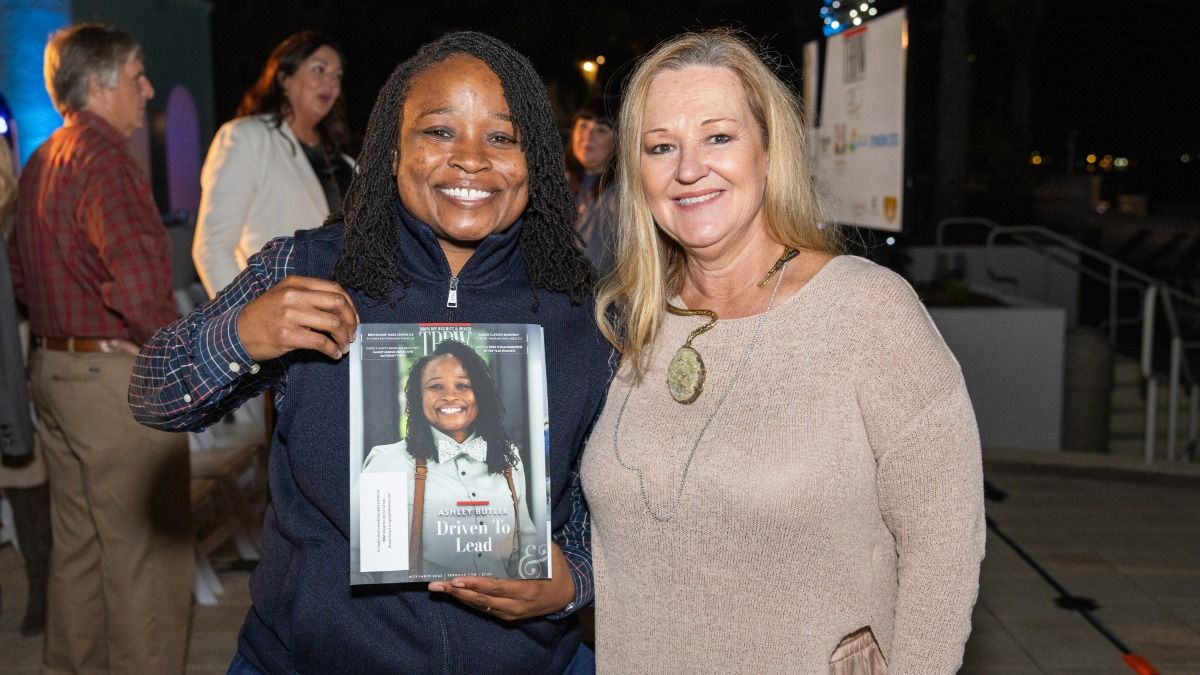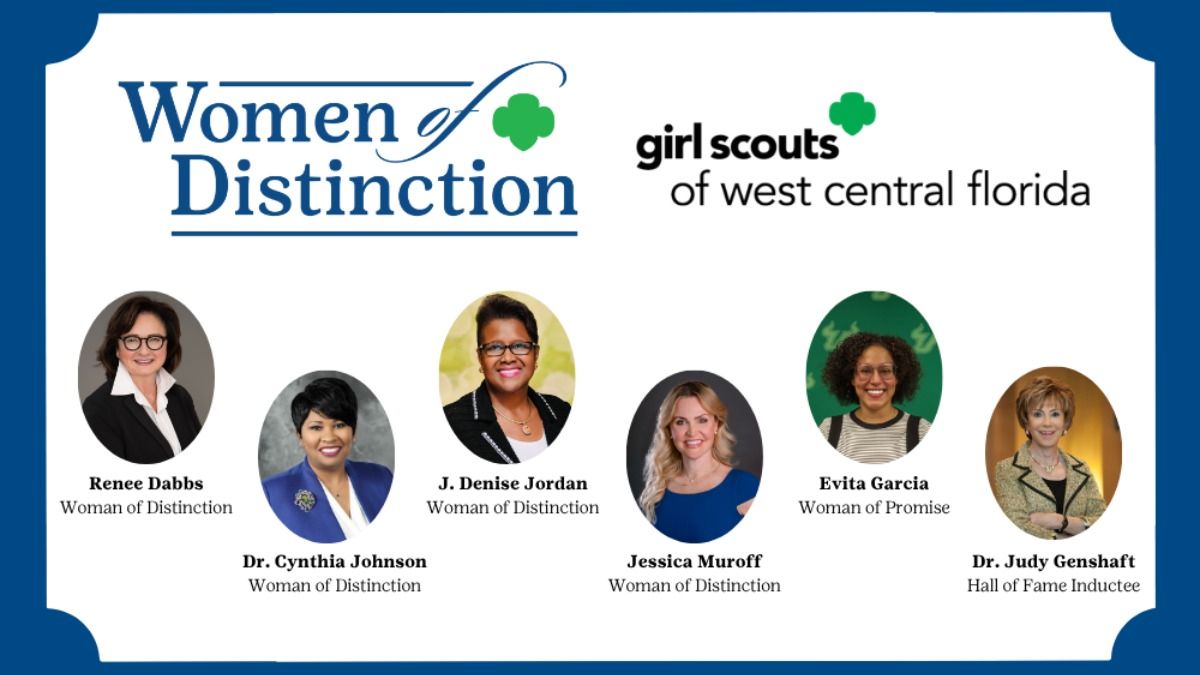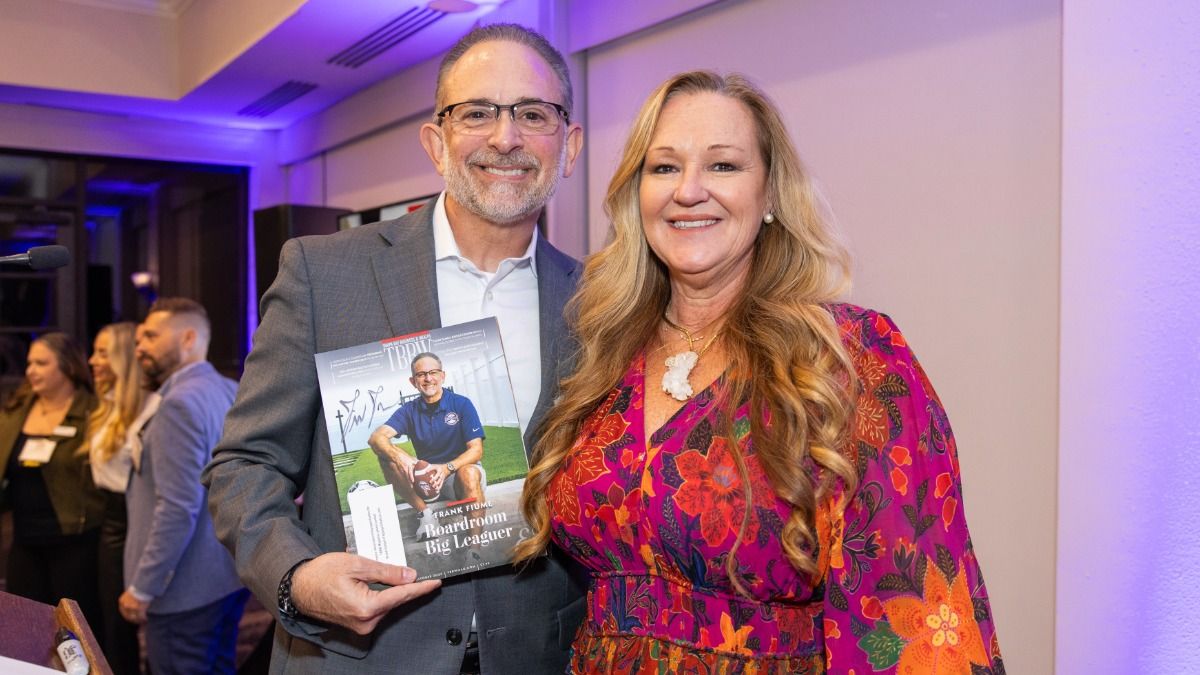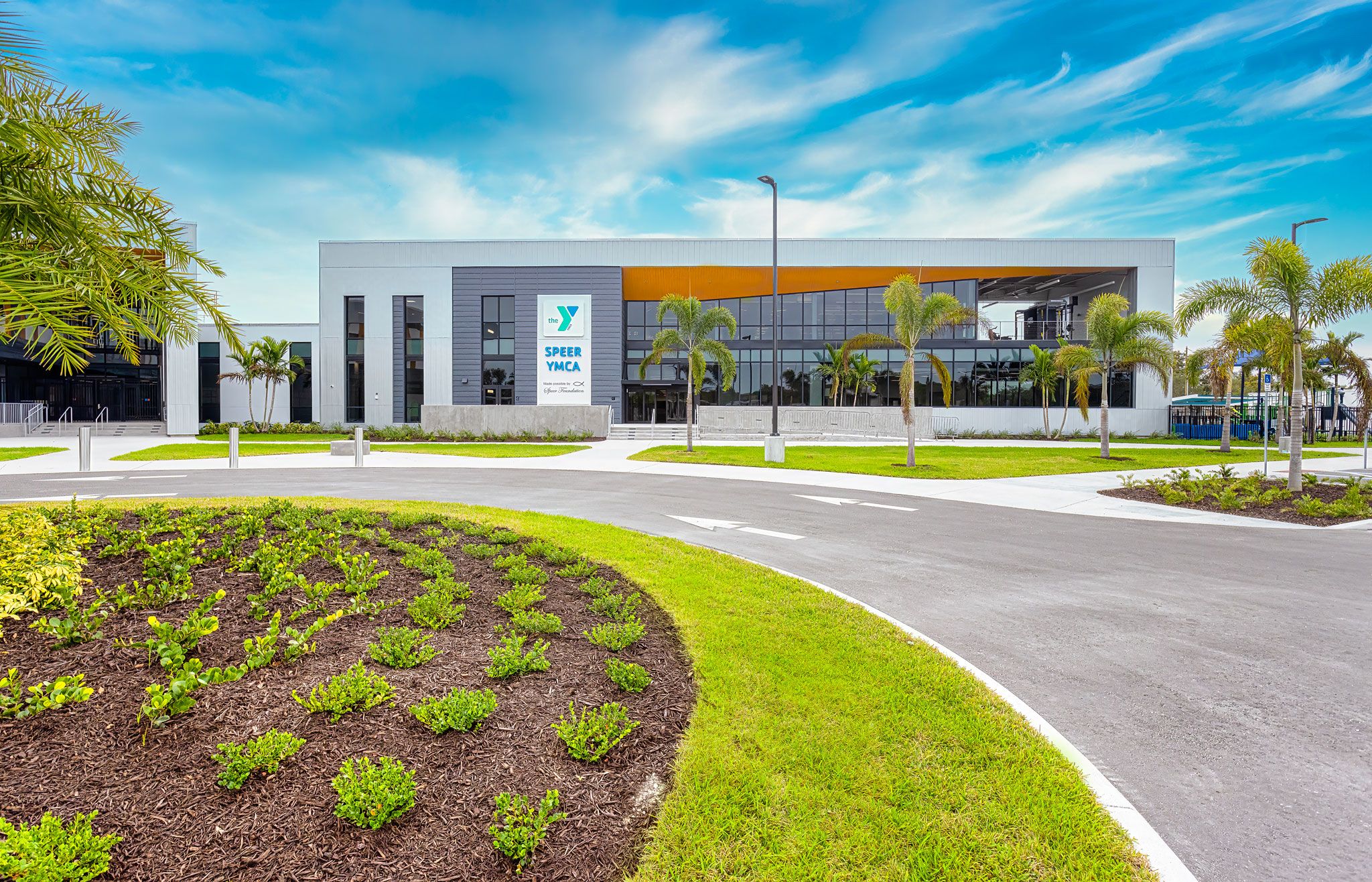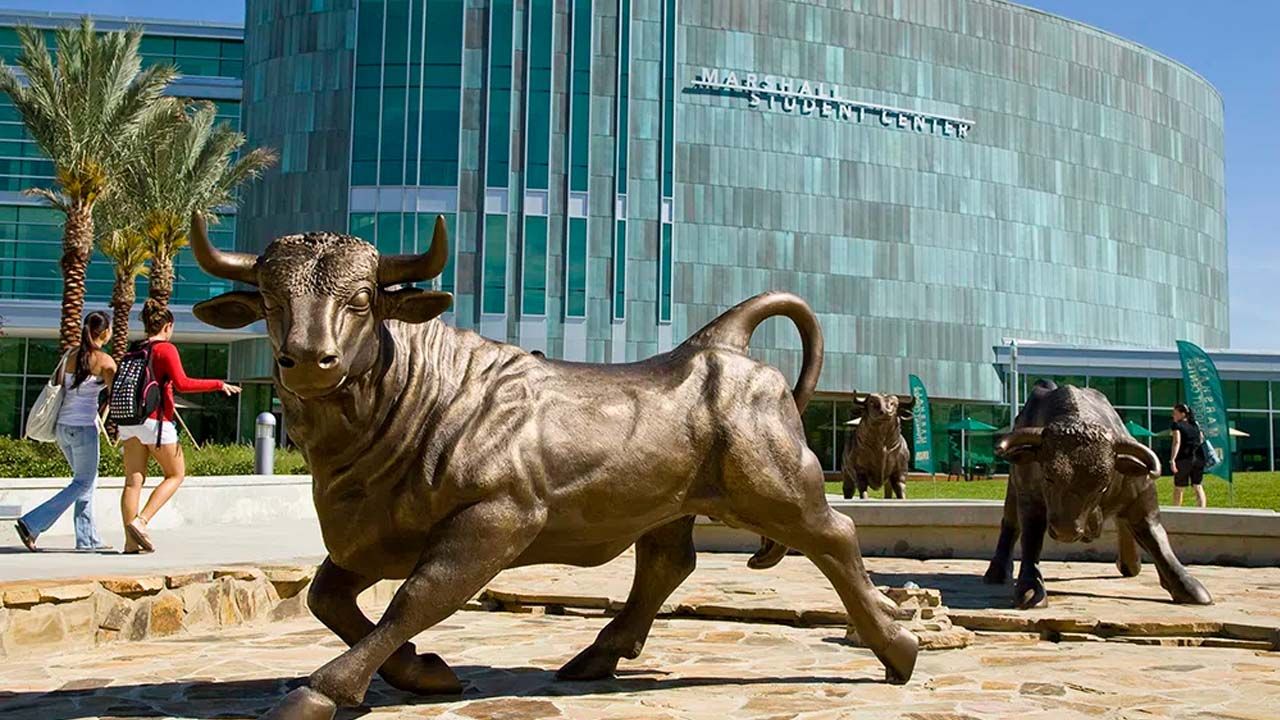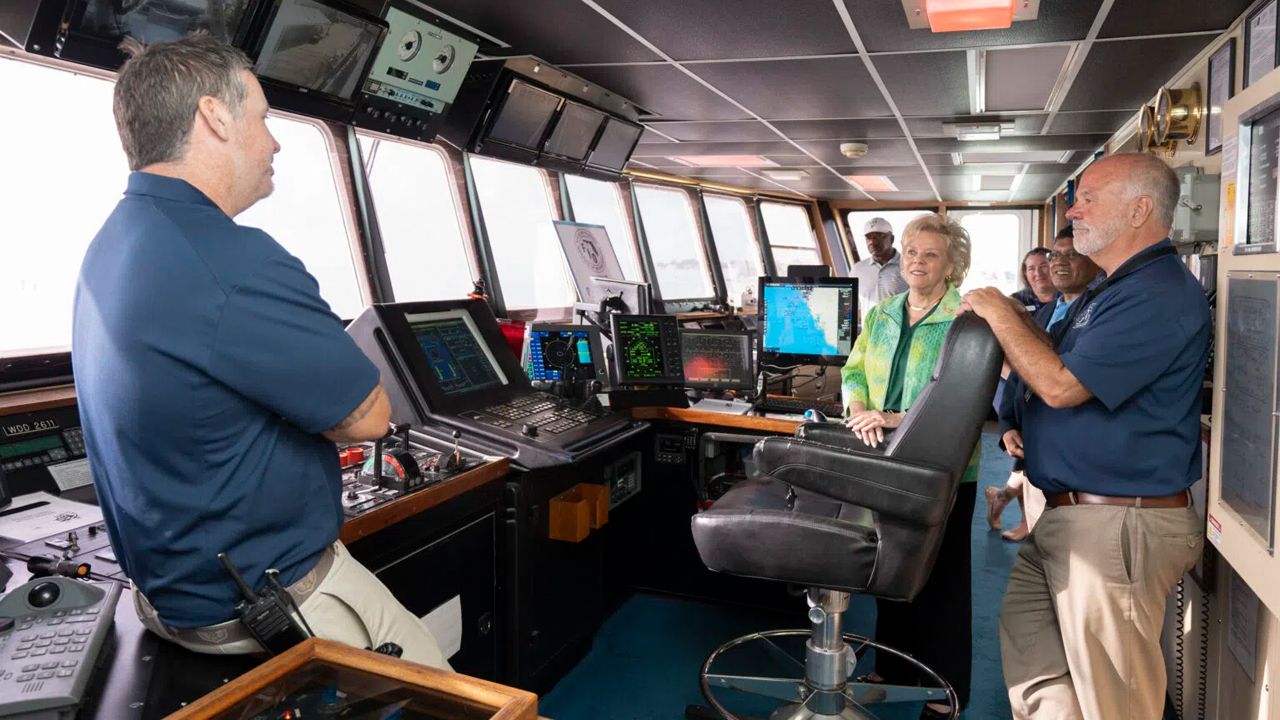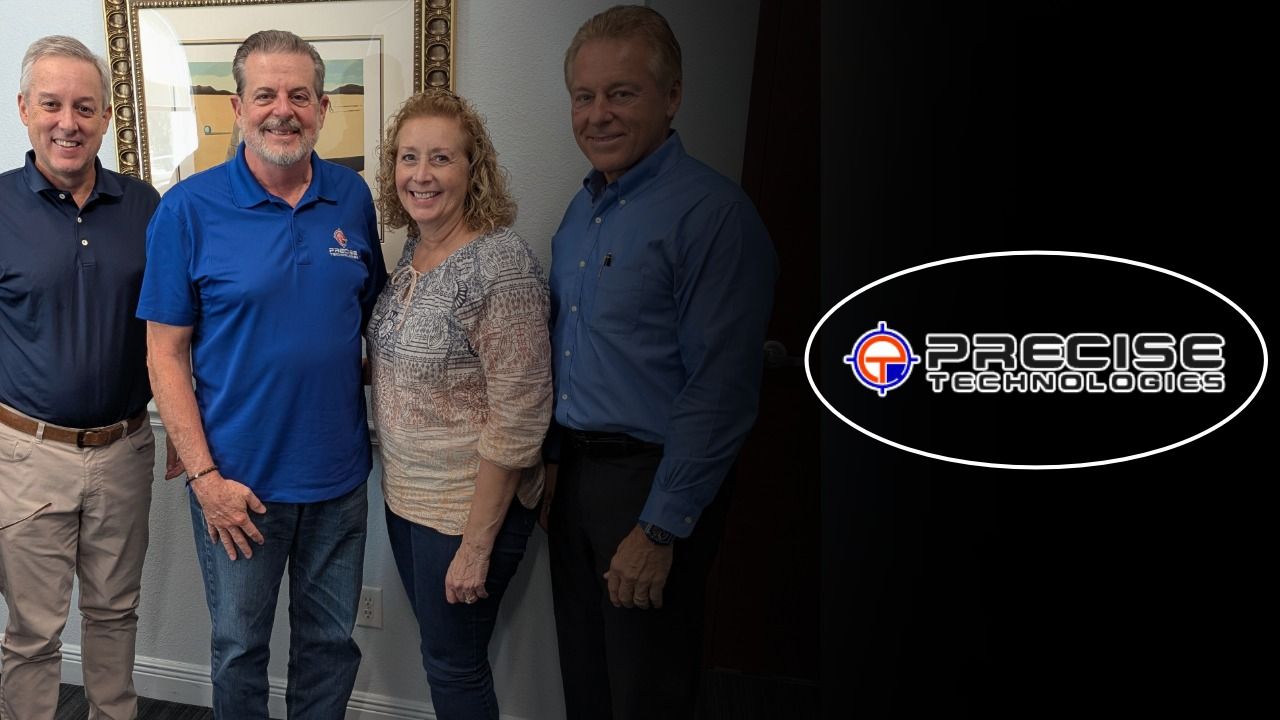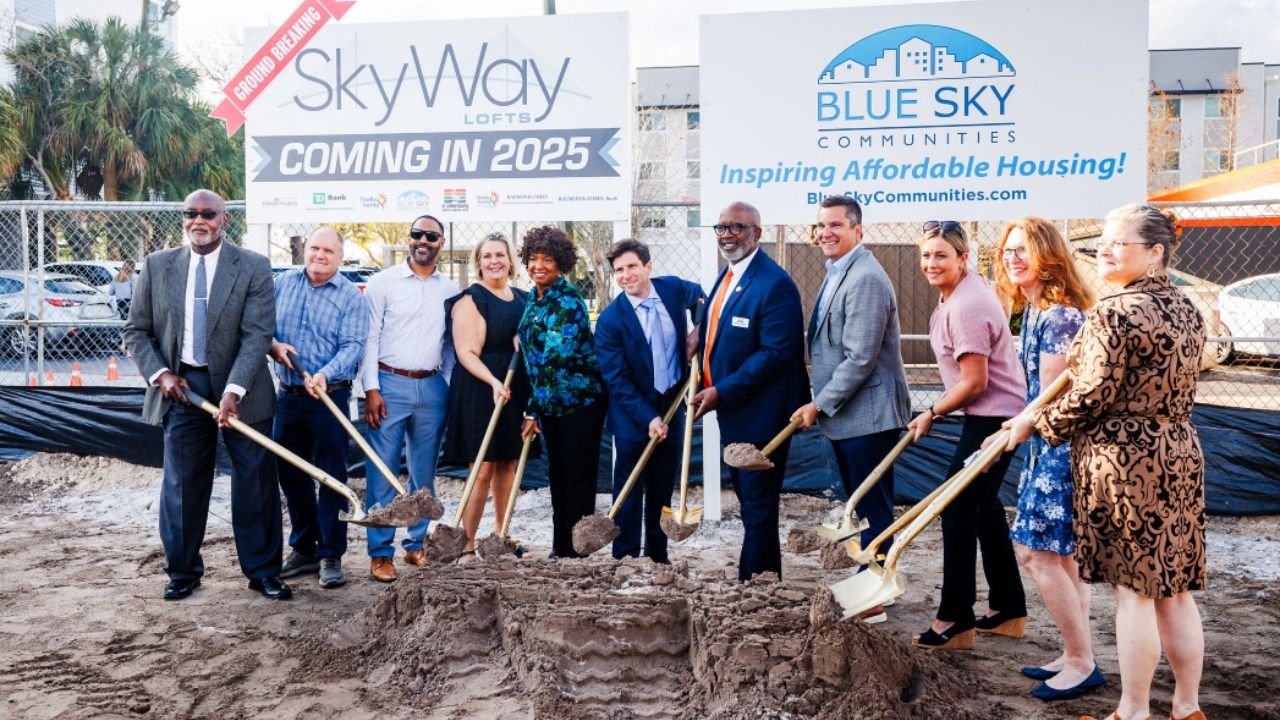For some, college is the natural progression out of high school. The preparations begin before senior year. Campus visits are scheduled, tests are taken, caps and gowns are ordered and before you know it, you’re searching for extra-long sheets for those oddly long twin-sized beds.
For others, it’s not even an option. Not even a consideration.
That’s where Leap Tampa Bay comes in.
Leap Tampa Bay is a part of a college access network, made up of 50 community partners that are committed to changing lives by connecting residents to education and training beyond high school.
Its goal is simple, in theory, “How do we help those that lack a support system have the same opportunity to attend college, if that is what they wish to do?”
More specifically, how to create an economic ecosystem that contains 60 percent adults with education credentials by 2025.
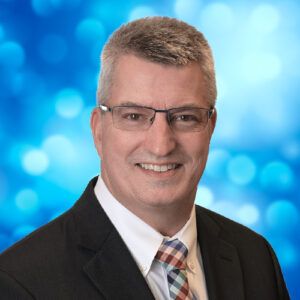
According to a 2017 American Community Survey, there are an estimated 330,000 adults living in the Tampa Bay area that have earned some college credits, but never completed their degrees or credentialing programs.
“College attainment is a national movement,” says Chuck Tiernan, director of Leap Tampa Bay. “Leap is a ‘we,’ not an ‘it.’ ”
The backbone of this program is collaboration between multiple entities in the Tampa Bay area including colleges such as St. Petersburg College, Hillsborough Community College and the University of South Florida; local economic development facilitators such as the Tampa Bay EDC and the feedback and guidance from business leaders.
This collective impact method brings together multiple viewpoints to work on a common agenda.
Jackie Skryd, chief of staff for St. Petersburg College’s President Tonjua Williams, sits on the leadership team at Leap and is currently working on her doctorate on leadership, at the University of South Florida.
She describes Leap as a great unifier in the community but says it’s the openness, and trust, established among the collaborators that’s producing the intended results.
“We’ve spent so many years working together building a trust. We’re able to accelerate things we wouldn’t otherwise have been able to on our own,” Skryd says.
It’s the old phrase, to go fast go alone, to go farther go together.
“But what’s interesting…you’ll hear a lot that we get together with business, learn their needs and build a program, but I think what’s happening here is that we are digging deeper and talking about truly what the challenges are,” she says.
A key component of inviting business leaders to the table and really listening to their needs.
“One of the most important factors for business is talent,” says Craig Richards, president and CEO of the Tampa Bay EDC. “Leap has been a leader in collaboration [on this topic].”
It looks like this, in practice; Business leaders offer up their needs and what they need the workforce to be trained, or educated, in the schools offer the education and training, while the EDCs help to prepare the environment. Leap acts as the middleman, collecting the information and then delivering to the players, at that right time. When it all works as planned, from the start of the chain to the end result, needs are met all around.
Paul Dosal, vice president of student success at the University of South Florida, agrees the method is working.
“Leap is one of our great local college access networks,” Dosal says. “None of us can do it alone.”
Since Leap started its efforts, 400 students have received scholarships. Better yet, Leap purposefully pays close attention to the underprivileged, and underrepresented, population. Answering the question, “how can we level the playing field?”
One of Leap’s main initiatives is helping students navigate the financial aid application process. The other is Complete Tampa Bay, which is a program funded primarily by a grant from the Lumina Foundation, for the adult workforce, in helping them either complete unfinished education or seek out training and certifications so they can be considered for high-paying jobs. Considered a “talent hub,” it’s one of only five in the United States.
“This hands-on approach to college and training enrollment will help streamline the often confusing and overwhelming process experienced by returning adult learners,” Tiernan says.
Currently, 45 people are enrolled for Complete Tampa Bay and 684 have applied. Eighty percent of them are people of color, Tiernan says.
It’s all about filling a hole in the Tampa Bay area workforce that leaders of business say is needed.
By working with, and involving, everyone in the community, Leap Tampa Bay is succeeding in the mission.
“This program is promoting change in the community,” Dosal says. ♦


